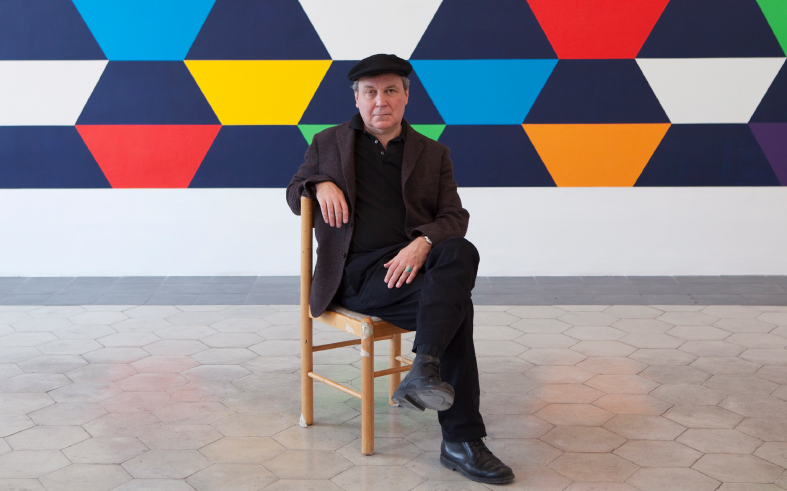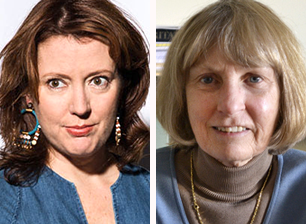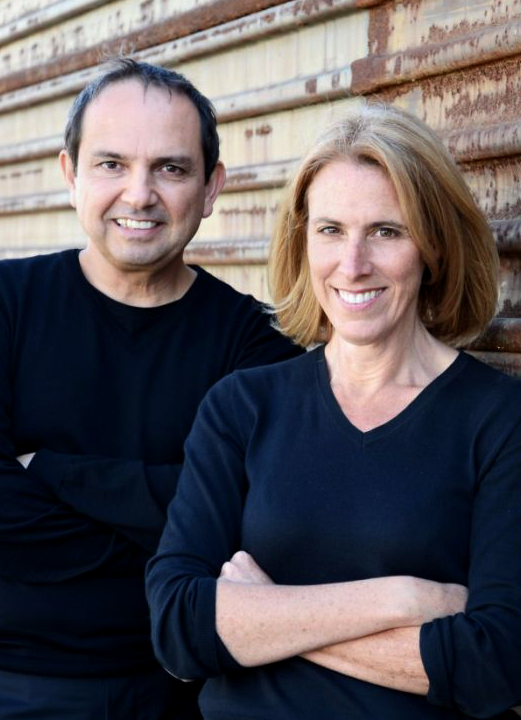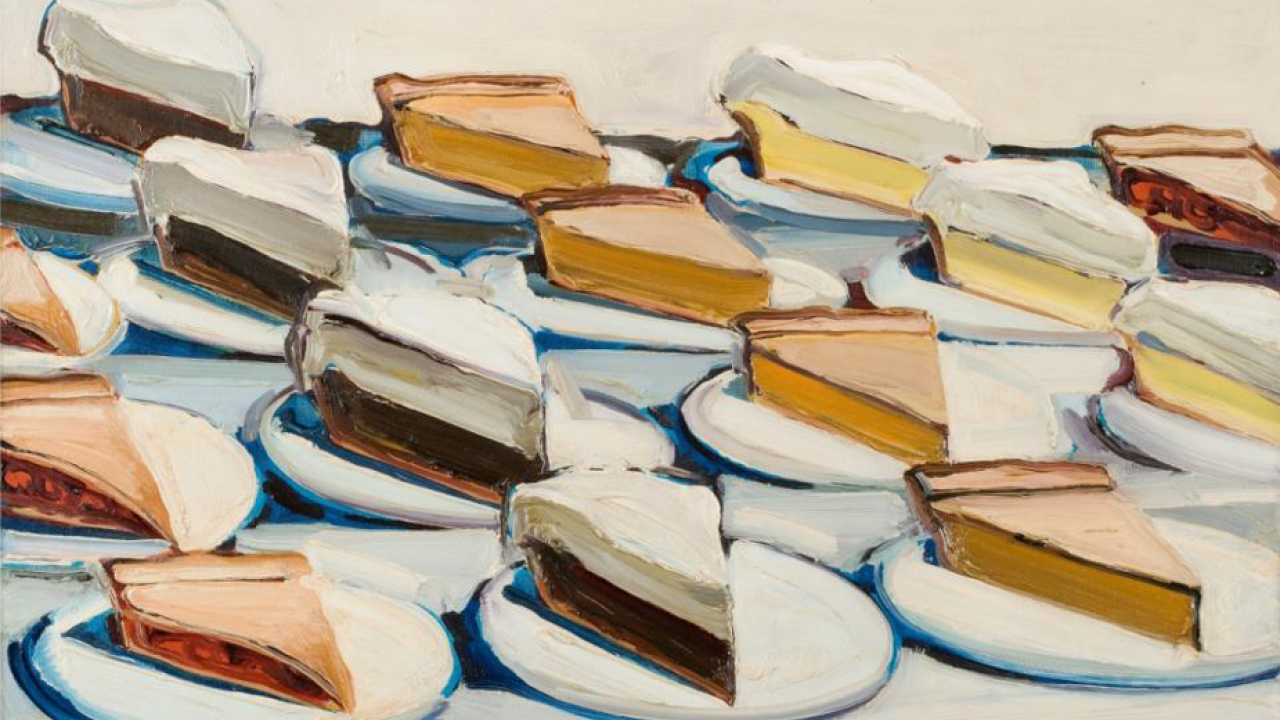The Jan Shrem and Maria Manetti Shrem Museum of Art announced a number of public programs to be held in conjunction with the Wayne Thiebaud: 1958-1968 and ¿¡Welcome?! exhibitions. See separate story on the exhibitions.
All of these programs will be held in the museum’s Community Education Room. Admission is free and open to the public.
Wayne Thiebaud: 1958-1968

“The Here and There of Painting — Space and Light as Material” — Stephen Westfall, associate professor in painting, Rutgers University, reflects on the influence of his first painting teacher, Paul Wonner, and the impact of Thiebaud’s work on artists coming of age in the Bay Area. This talk is part of the Visiting Artist Lecture Series. 4:30 p.m. Thursday, Feb. 8.

“Understanding Thiebaud — Views of the Painter and His Work” — Talk by Rachel Teagle, founding director, Jan Shrem and Maria Manetti Shrem Museum of Art, and curator of Wayne Thiebaud: 1958-1968; and Margaretta Lovell, professor of American art and architecture, UC Berkeley. They’ll discuss pivotal moments in the evolution of Thiebaud’s work. 2 p.m. Saturday, Feb. 10.
“The Delirious Sorrow of Cheerful Things: The Art of Wayne Thiebaud” — Lecture by Alexander Nemerov, professor and chair, Department of Art and Art History, Stanford University, meditates on the pathos of even the brightest of Thiebaud’s paintings. Thursday, March 1, 5:30 p.m. (This lecture, open to the public, leads into an invitation-only program, Thiebaud Study Day, March 2.)
“How I Learned to Paint” — Roger White, artist and author (The Contemporaries: Travels in the 21st-Century Art World), using both historical and personal examples, discusses the idiosyncrasies of studio-art education — in particular, how ideas and values are transmitted in a nonsystematic, essentially narrative way that complements or contradicts the more organized pedagogies of art history and theory. 5 p.m. Thursday, April 5.
¿¡Welcome?!

“Border Protests and Transnational Solidarities” — A roundtable of activists and scholars, exploring how borders are conceived of in different sites of struggles against racialized border violence, militarization, occupation, displacement, partition and colonization. 4-6 p.m. Wednesday, Feb. 14.
“Cross-Border Citizens” — UC San Diego’s Teddy Cruz (professor of public culture and urbanization in the Department of Visual Arts) and Fonna Forman, professor of political theory), founders of the UCSD/Blum Cross-Border Initiative, a platform for engaged research and teaching on poverty and social equity in the border region. 4-5:30 p.m. Wednesday, April 2.
Media Resources
Dateline Staff, 530-752-6556, dateline@ucdavis.edu
